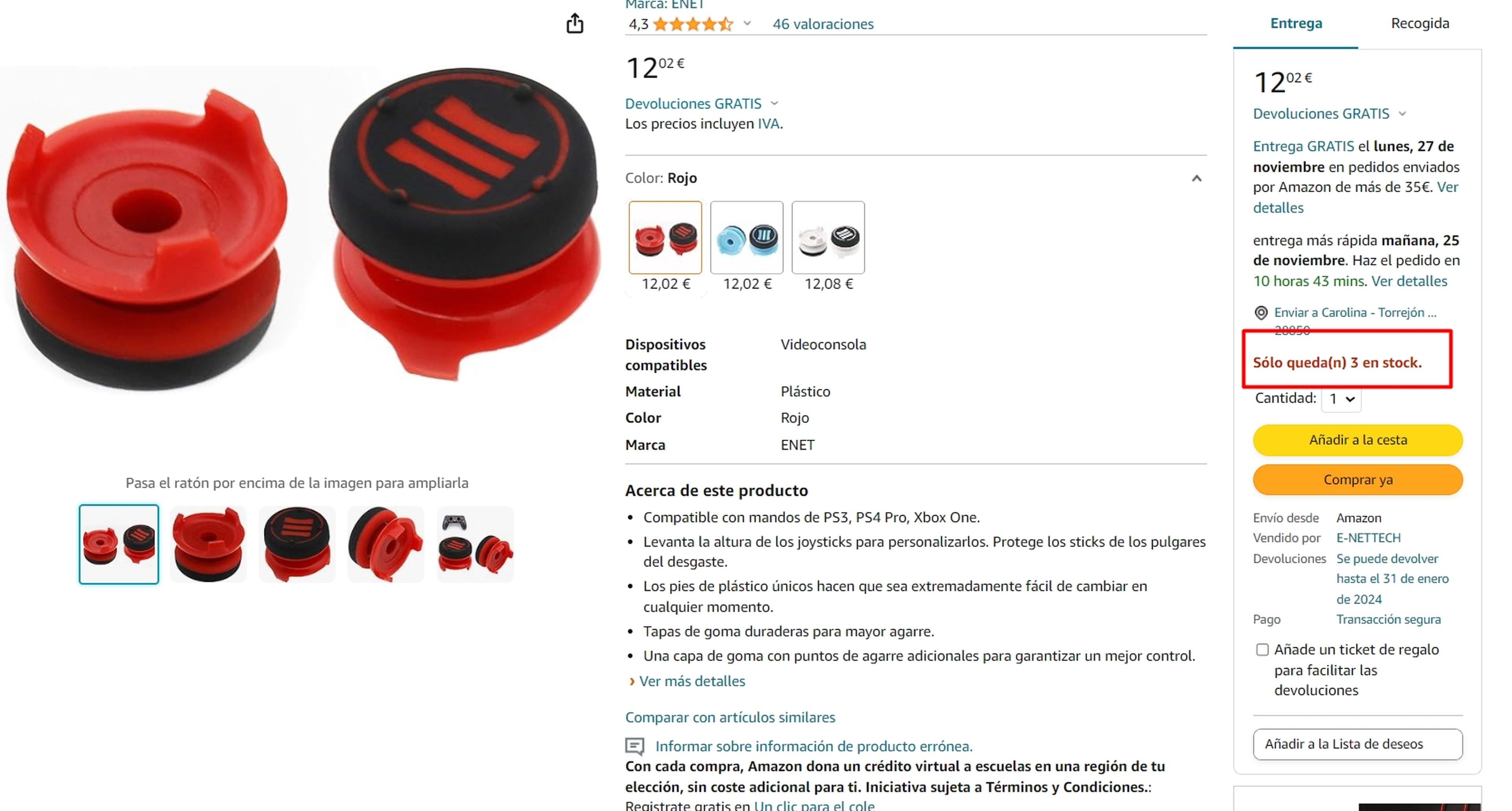What is a dark pattern and how do websites play with you in your purchases?

Currently, Surely you have ever come across the famous dark patterns or dark patterns in the web. These are not just design patterns, they are like those tricks that try to influence your online decisions.
Imagine those moments when you click on a website and you end up subscribing to something without realizing it. That’s where dark patterns come into play.
The truth is that They are everywhere– From shopping websites to those free trials that suddenly turn into subscriptions. And believe me, these dark patterns have more influence than you could imagine.
That is why, in this report, you will learn in depth what dark patterns are, what role they play today in millions of websites and some clear examples that will make you identify them instantly, the next time you come across them.
- What are dark patterns or dark patterns?
- There are different types: this is how you can identify them
- What does data protection law and regulation say about dark patterns?
What are dark patterns?
Imagine that you are browsing the internet. Don’t you sometimes feel that the web uses tricks to make you do things you didn’t want to? Well, that’s what is known as”dark patterns”.
They’re like little digital traps that try to get you to click on things or subscribe to services without realizing it. It’s a bit like when you’re shopping on Amazon, for example, and suddenly you end up with something extra in your cart that you didn’t want in the first place. Now, to put it in perspective, it is time for you to see a clear case in, precisely, Amazon.
amazon
You’ve probably noticed that when you go to buy something, they often suggest additional products that you may not really need. That’s a kind of dark pattern. The design of the page and those suggestions are designed to make you buy more than planned.
Sometimes even those “Buy Now” buttons are so bright and attractive that you end up clicking without much thought. Another clear example are those websites where you notice that registering and creating an account is extremely simple, but, however, unsubscribing is quite complex..
Even some streaming services, such as Movistar Plus+, hide the fact of unsubscribing from a certain subscription in such a way that it ends up driving you to despair. Those are dark patterns or dark patterns in its purest essence.
There are different types: this is how you can identify them
As you have already seen, There are different ways to carry out this technique. Here are the different types that you can find:
1. Covert Download Links
Imagine coming across a tempting ad on a website, a shiny button promising something interesting. However, when you click, instead of getting what you expected, you download an unwanted program. These are the hidden download links, where the advertising hides its true intentions.
2. Shopping carts with surprises: the art of adding without asking
Within the family of this type of tactics on the web, the trick of adding unsolicited products to the shopping cart arises. It’s like, while you’re shopping online, someone secretly puts things in your cart without you noticing.
3. Fake reviews
Trust breaks down when customer reviews turn out to be false. Here, positive experiences are invented to influence your purchasing decision. A social game that seeks to convince you of the reliability of a product or service through fictitious testimonials.
4. Deadlines and countdowns: time as purchasing pressure
You’ve surely encountered urgency thousands of times with patterns that incorporate deadlines and countdowns. “Limited time only!” or “Offer valid until…” are strategies to make you feel that you need to act quickly, even if the offer is not as limited as they would have you believe.
5. Limited units
Appealing to scarcity is another trick. The idea that a product will soon sell out prompts you to buy immediately. However, often this scarcity is more fake than real, a game to get you to make quick decisions.

amazon
6. Hidden costs
Have you experienced the annoyance of discovering additional costs at the end of the online purchasing process? Hidden costs range from handling charges to shipping fees, which are only revealed when you’re about to check out. A strategy that sometimes makes you prefer to go ahead with the purchase rather than cancel and start over.
7. Divert attention to the expensive: the subtle price comparison
Imagine you’re about to buy something cheap, but the website shows you comparisons that suggest more expensive options are much better. Here, dark patterns seek to divert your attention from the initial purchase to more expensive options.

Lenovo
8. ‘Confirmshamming’: guilt as a sales tool
This dark pattern plays with emotions, making you feel bad for not taking advantage of a supposed opportunity. “I don’t want discounts or offers” ads are traps designed to create that feeling of loss..
9. Exit obstruction
Imagine a website that is easy to enter but difficult to leave. This trick seeks to retain you, make you spend more time on the web and avoid looking for options elsewhere. A subtle but effective strategy to keep you trapped.
What does data protection law and regulation say about dark patterns?
Seeing all this, I’m sure you’re wondering, okay, but is this legal? Tell you that the question of the legality of the use of dark patterns has certainly long been a very blurred field, but recently, the European Data Protection Board (EDPC) has shed light on the subject.
The publication of Directive 2/2022 on dark patterns in social networks establishes guidelines and obligations for online operators when offering their products and services, thus creating a regulatory framework in this area.
Additionally, the recent Digital Services Law is emerging as a great achievement in the fight against practices that undermine the user’s free decision-making. This law is expected to impose measures that force service providers to advocate neutrality through the content, design and interface of web pages.
Regarding data protection regulations, the General Data Protection Regulation (GDPR) does not directly mention dark patterns, but Its principles do mention these aspects related to these practices.
Article 5.1 of the GDPR highlights that data controllers must act lawfully, loyally and transparently, principles that, as you see, directly clash with the use of dark patterns that are based on the lack of neutrality and transparency with the user.
In summary, recent directives and future legislation mark a shift towards greater clarity and regulation in the use of dark patterns, but it appears that there is still much to legislate and control to end these practices. For now It is important that you know them, that you are aware that they are everywhere and that you fight against them.



